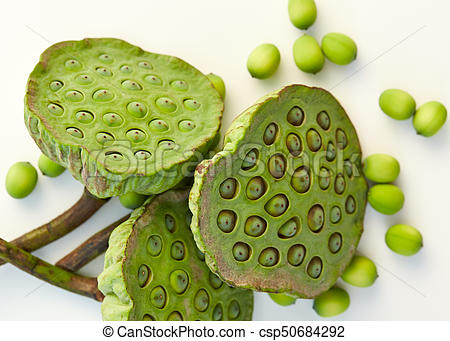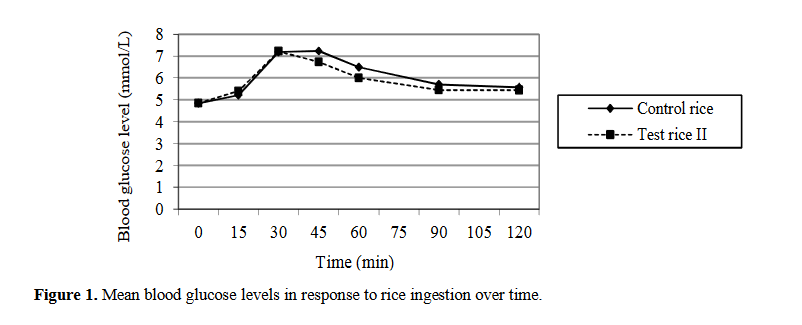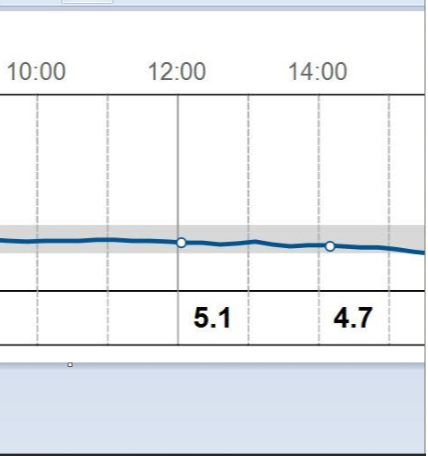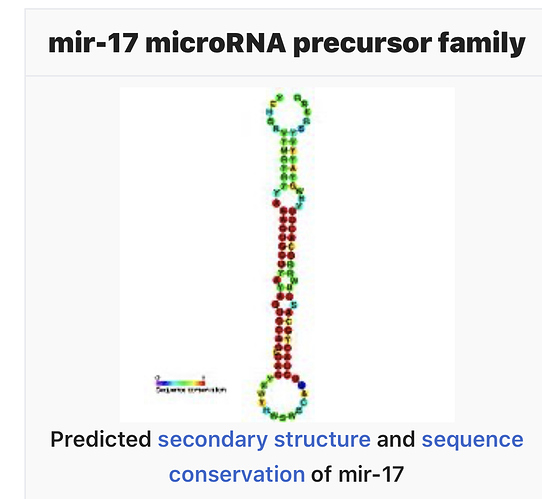It also depends on the soil quality (deep non-horticultured ground soil pulled to the surface) of where the starch was grown, if your starch is grown in chemical fertilizers or hybrid species of rice, it would be a very poor quality starch or you live in the desert like bushmen and your pulling roots and tubers out of the ground to simply get some water your probably getting the best resistant starch Mother Nature has to offer?
If we are talking rice you would want wild rice not domesticated hybrids of the species; grown in real dirt (ancient sea beds) without chemical fertilizers.
Polished white rice alters (destroys) the nutritional value on top it being a hybrid.
Green bananas and Plantains are probably going to be the better resistant starch because the roots are embedded deeply in the ground but could still be chemically fertilized.
Raw sweet potato is another, I like to cut them into French fry sticks and stick them in the fridge inside a glass of water and eat them occasionally.
And of course there are regular potato’s which you have to boil and rinse two or four times, you don’t cut them, you leave them whole or they will turn into mush after boiling and cooling them in the fridge so many times. Also works great if your doing the potato only diet which produces high ketones.
Purple potato’s and lotus seeds (image below) are even better than high-amylose maize resistant starch (RS4) or any other form of resistant starch?

Quote from link above: “…Remember, though, that not all amylose is the same. In lab tests, the amylose in lotus seed and purple potatoes outperforms that found in high-amylose maize starch (RS4) by producing healthy gut bacteria more efficiently. (10, 11) …”




